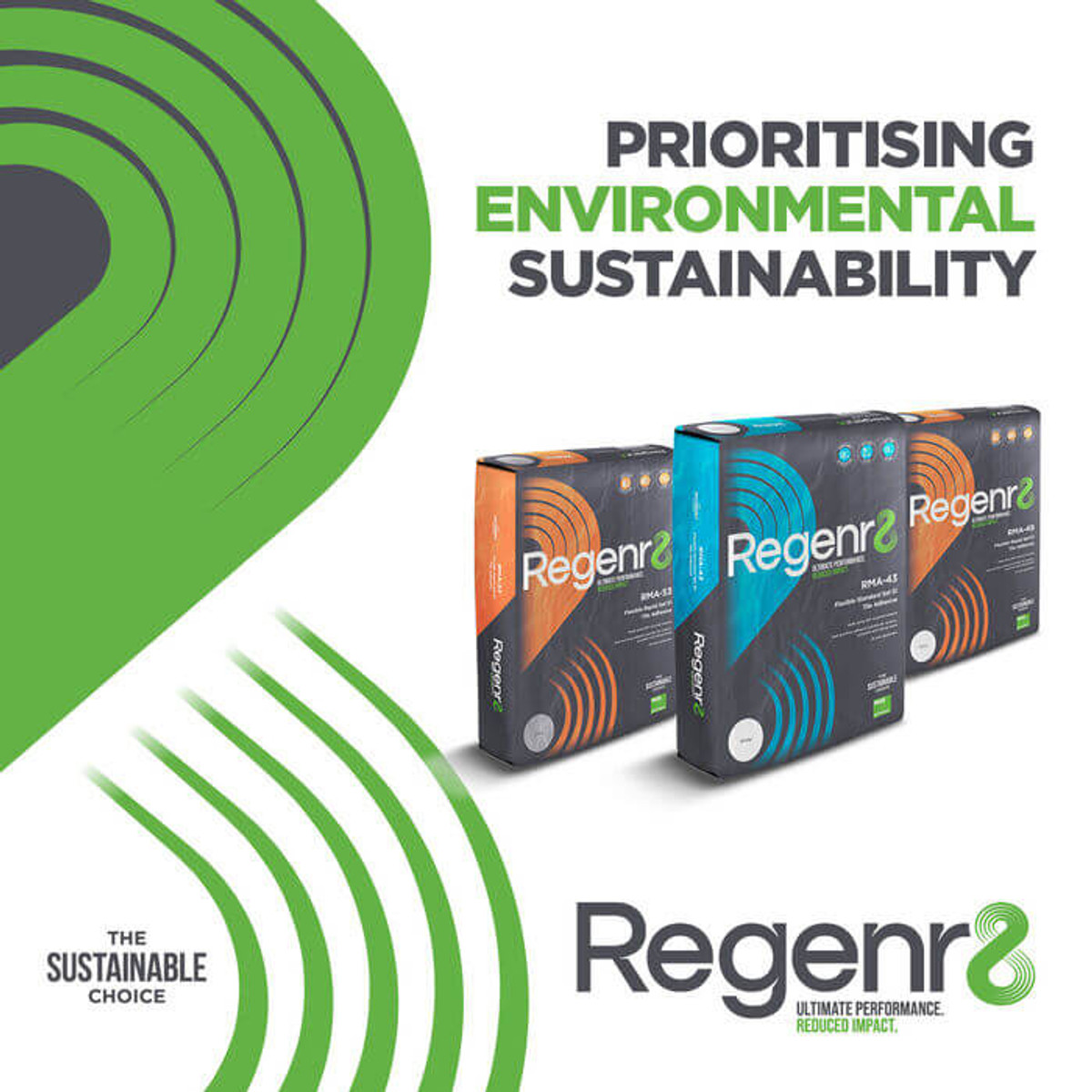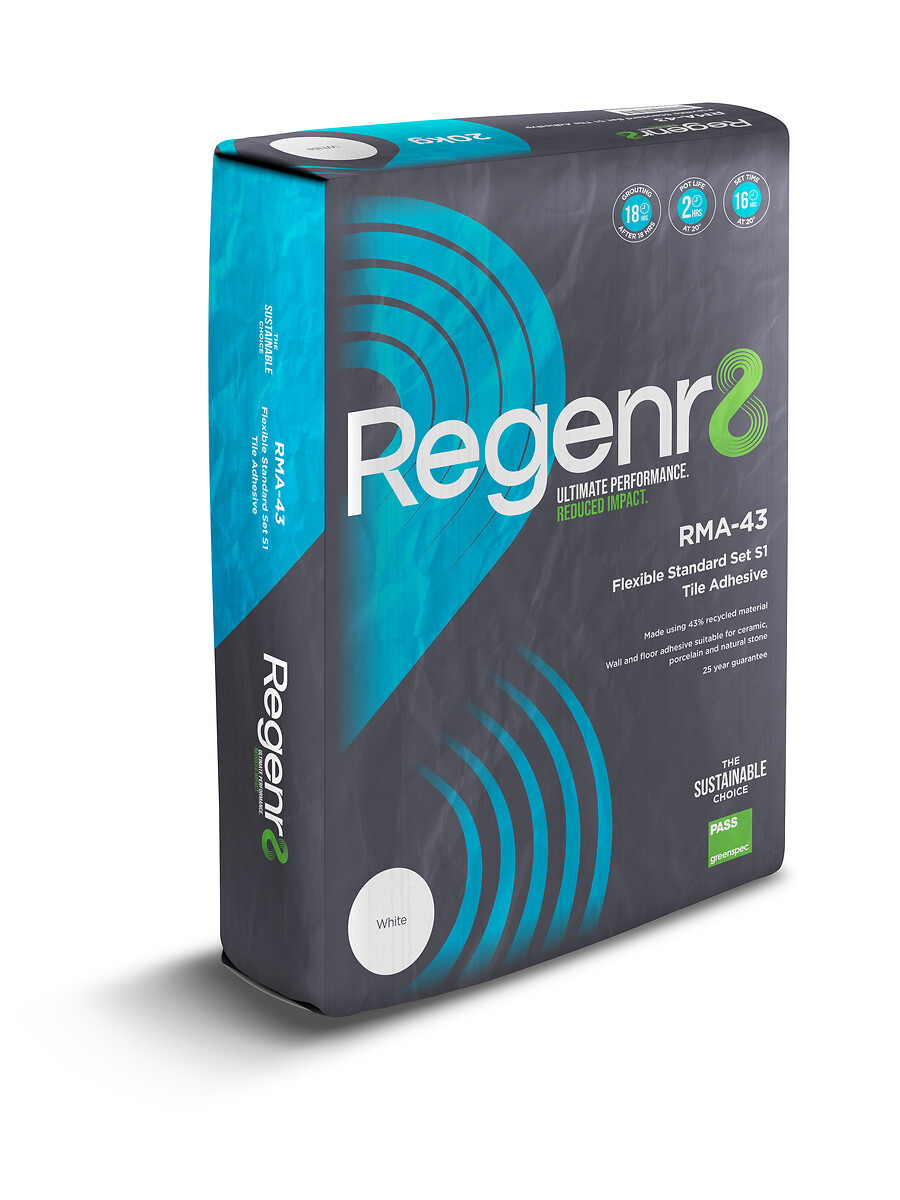Posted on Date 20th Dec 2023
The difference between grey and white tile adhesive?
If you're new to tiling, you are probably thinking that tile adhesives are all the same.
Unfortunately, that's not the case. Given that there are so many different types of tiles available, you wont be surprised to find that there are almost as many different types of adhesives of available to cater for the myriad of different tiles on the market. To help we've created this guide outlining the key differences between the adhesives on the market.

Bellevue White Stone Tiles 30x60cm
The different types of tile adhesive
The type of tile you are using in your home, as well as the size of the tile and substrate will govern which type of adhesive you should use.
Ready mixed tile adhesive
Ready mixed tile adhesives, as the names suggests, are ready to use straight from the tub. While their ready mixed nature makes them extremely convenient to use, their drying time limits them for use only with small format, ceramic wall tiles in areas like splashbacks. Please note that this type of adhesive cannot be used for floors.
Powdered adhesives
If you're planning on using ceramic tiles bigger than 30 x 30cm or any size porcelain tile on your floors or walls, then a powdered adhesive is strongly recommended. There are two main types of powdered adhesive available on the market:
Standard set adhesive
Standard Set Adhesive is a type of adhesive that comes in powder format. It should be mixed with water for at least 20 mins to produce the correct form. Standard Set Adhesive should be used only for fixing ceramic and porcelain tiles to a solid wall or floor.
Rapid set adhesive
The other main type of adhesive is Rapid Set Adhesive. This particular adhesive comes with a latex additive, giving it greater flexibility as well as strength over the Standard Set Adhesive. This makes it ideal for tiling over surfaces that are subject to movement as well as to fix porcelain and natural stone tiles which require more grip.
The difference between grey and white adhesives
To add an extra layer of complexity, there are also different coloured adhesives grey and white. This is to do with the colour of the tile as well as the colour of the grout.
If you are planning on fitting a lighter coloured tile or using a light-coloured grout such as cream or white, then a white adhesive is advisable. Alternatively, use a grey adhesive if you are intending to use a grey or darker coloured grout.
Why? Adhesive can squeeze up through the tile joints during installation and this can affect the colour of the grout through staining. Plus, some natural tiles can be semi-translucent, and if a non-white adhesive was used, like grey, this could cause shadowing, changing the appearance of the tile.
How to use tile adhesive
Not sure on the best way to use tile adhesive? Help is at hand courtesy of Tile Warehouse and Proper DIY. We've teamed up with the hit YouTuber to create this easy-to-follow practical video to show you the best way to mix as well as tiling adhesive in your home.
Need more information?
If you have any questions regarding selecting the right adhesives for your home, then feel free to contact our Customer Services team using our web chat facility. They will be more than happy to help.







